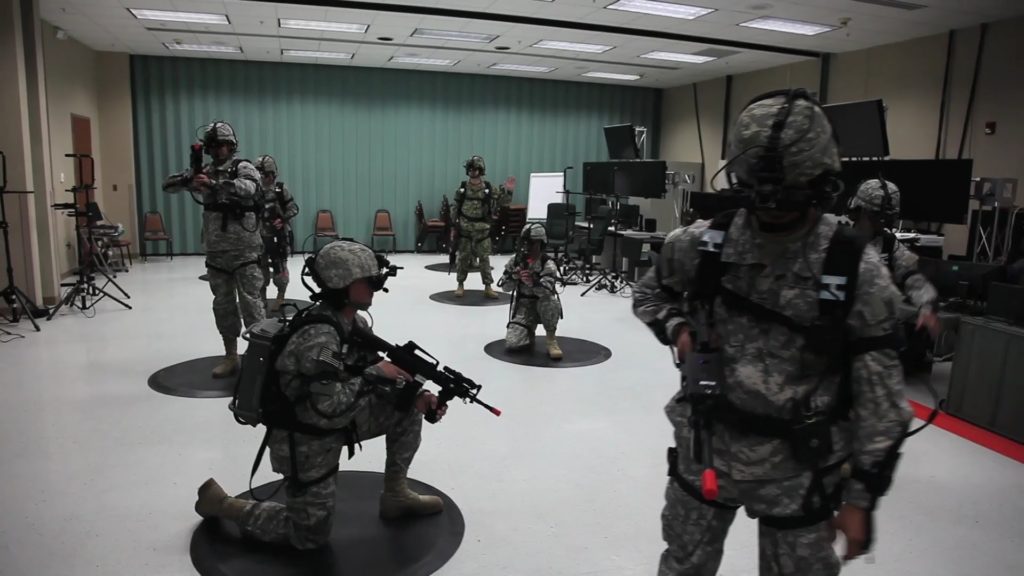Mixed Reality, Virtual Reality, and Augmented Reality
The United States military has long used live, virtual, and constructive training for its real-world missions. Initially, constructive and virtual training were either lower-cost alternatives for live training or training for missions too dangerous to conduct as live exercises. However, the military rapidly saw advantages of combining these training methods (LVC or Live, Virtual Constructive) along with often private sector-led gaining technologies as blended training (LVC-G). LVC-G allows military leaders to aggressively pursue cost-effective training techniques to meet combat readiness requirements and will increasingly include mixed reality, virtual reality, and augmented reality.

The Next Evolution in Training
The next evolution in training will include linking LVC-G training systems together in the Synthetic Training Environment (STE), an integrated training environment. The Army requirements generator for STE is the TRADOC Capabilities Manager for ITE collocated at Fort Leavenworth with CAC-T. The STE is expected to increasingly include mixed reality, virtual reality, and augmented reality (MR/VR/AR) into the LVC-G environment. Recently the STE was designated one of the Army’s top six programs of record and designated a pilot program for the Army’s cross-functional team acquisition program.
Muscle memory is a key benefit of live training traditionally difficult to replicate in other training environments. Charles River Analytics scientists, among others, have explored the benefits of MR/VR/AR training supporting the virtual environment. Their studies show MR/VR/AR supports interactions are an enabler to muscle memory development in virtual environments. “Although the benefits of these virtual environments are clear, supporting natural human interactions is still challenging,” said Dr. Michael Jenkins, Senior Scientist at Charles River Analytic. Charles River Analytics is a leader in augmented reality research and tools, gaming, and cognitive research.
A key aspect of augmented reality is capture, determination, and representation of both fine and gross motor skills. A combination of these motor skills is necessary to support natural user-environment interactions and provide an immersive training experience in MR/VR/AR simulations. A logical follow-on is the ability to automate capture and representation.
TMST expects the augmented reality capabilities to grow rapidly and be a training multiplier in the STE. To learn more, contact us thru our website at www.tmstconsultants.com. To learn more about Charles River Analytics research and MR/VR/AR development toolkit visit them at https://www.cra.com/work/case-studies/virtuoso.